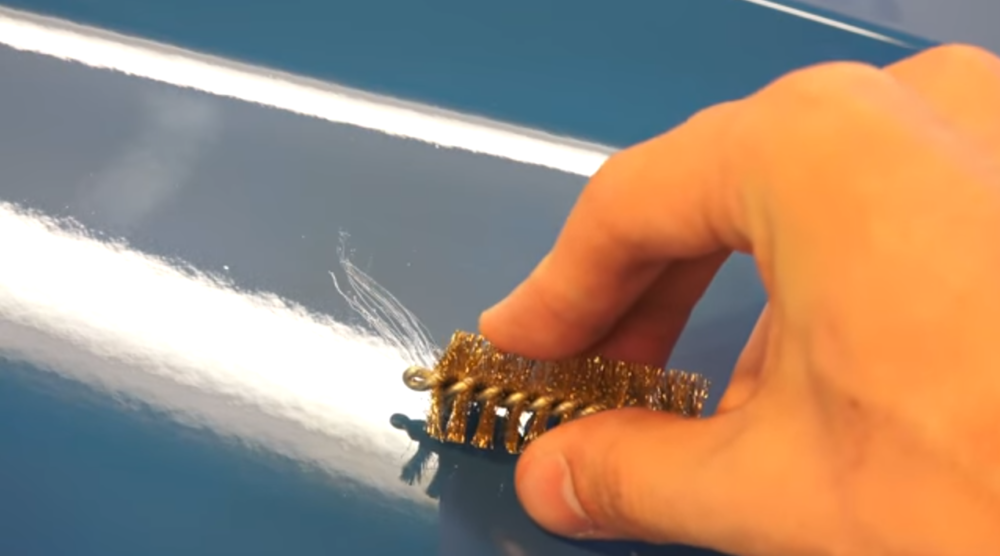‘Engineering Explained’ Looks at Paint Protection Film
There’s a lot going on below the surface when it comes to seemingly simple paint protection film.
There are few things that can ruin a good day of driving like a rock chip. Unfortunately, unless you keep your Mustang hermetically sealed in the garage (what a waste!), they’re an unfortunate fact of life.
That is, they were until recently. Clear protective paint film is nothing new, but the technology keeps improving. In fact, modern film can actually repair itself from minor abrasions. These small scratches and chips would have previously necessitated a trip to the body shop. Or at the very least a steady hand with a touch-up paint pen.
Our old pal Jason from Engineering Explained shows us how the film works, followed by a detailed explanation that’s easy to understand. Jason recently installed XPEL film on the front of his Honda S2000 and Subaru XV Crosstrek, and he demonstrates the film’s self-healing properties with a brass brush and a heat gun.
Using the brass brush, he scrapes the film, leaving behind a noticeable series of scratches. It’s a sight that will make any car fan cringe, even if the unfortunate victim is a run-of-the-mill Subaru.
With the scratch plainly visible to the naked eye, we witness the application of heat. Jason uses a heat gun, but apparently, hot water does the trick just as well. With heat applied, we see the scratch disappear in a matter of seconds.
ALSO SEE: Batmobile Sitting on a Fox Body Chassis
So what happened? XPEL film is made from three layers. The bottom layer is the adhesive that bonds to the body and is designed to be easy to remove later. The second layer is made from energy-absorbing polyurethane and is nearly four times as thick as the adhesive layer. The final layer is a thin UV protective layer to keep the film from yellowing over time and allowing it to remain invisible.
As long as the polyurethane layer isn’t torn or penetrated, it can literally “re-arrange” itself once heat is applied.
While XPEL application isn’t cheap, it’s definitely more cost-effective than a trip to the body shop. For owners of cars with large frontal areas – like our Mustangs – it’s just what the doctor ordered.

